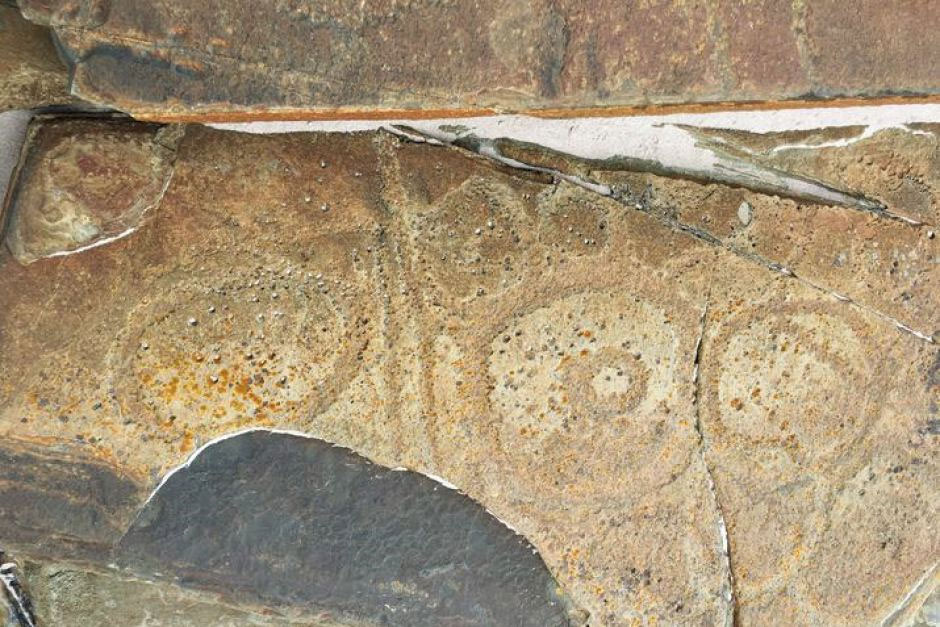A “grounded” rather than “portable” faith – A Psychic Invasion.
Europeans have always had difficulty in grasping a concept of religion in Indigenous practice and even denied until the mid 20th century that you could apply the term ‘religion’ to Aboriginal practice – magic and sorcery but not ‘religion’.
European and eastern faiths have 2 aspects:
They invoke teleology (an end aim) and soteriology (salvation); And the faith is “portable”, that is it can be taken wherever you go.
Aboriginal faith, however, is “grounded” in county and revolves around practice on country, the sole end aim of existence. The principal tool of that ‘religious’ practice is maintenance of landscape by precise firing. It is not dramatic to the outside eye, even somewhat prosaic and apparently not ‘religious’, but it is a profoundly intense connection to country that “suggests very long-term environmental determinism.” [Bill Gammage, Plain Facts: Tasmania under Aboriginal Management, Landscape Research V33, No.2, April, 2008. page number.]
This is the Law that requires them to “ensure the abundance or survival of every form of life”. [Gammage 2008, 252] Firing landscape was a religious imperative which is why prevention of landscape maintenance by white intrusion and prohibition was psychically devastating – a psychic invasion, not just an invasion of country but an invasion of the mind.

Tasmanian Rock Art (petroglyphs) ABC
Illustration by Hilary Burden
Read More Understanding how First People’s viewed their world
An Encyclopedia of Tasmanian Aboriginal Anthropology
On the 18th February 1802 the Botanist, Leschenault, of the French exploration expedition led by Nicholas Baudin while at Maria Island, came across a small mound with a tent like “wigwam” of bark over it.
An Encounter with the First People of Northern Van Diemen’s Land
Dutch, French, and British explorers set foot in Van Diemen’s Land from 1642 bringing with them a range of preconceptions and prejudices about what and who they might find.
FOOD FORAGING (PART 2 “FORAGING & FOOD PREPARATION”)
Hunting by men was often one of a fortuitous meeting a quarry and resulted in a lack of success having to return to camp empty handed, but not to worry, the ever-reliable women filled the void with smaller fauna, possum and edible flora.
FOOD FORAGING (PART 1 FOOD RESOURCES 2,000 > BP)
The Tasmanian Aborigines occupied their island home for at least 40,000 years but it is only the last 2,000 years that is considered here and only mainland Tasmania and offshore islands.
An Encounter with the First People of Northern Van Diemen’s Land A Particularistic Mindset
When Lieutenant-Colonel William Paterson brought a group of white settlers – soldiers, convicts, and farmers – to Port Dalrymple, Van Diemen’s Land, the English were in a mindset of domination or mastery over other races.
Britain was the world’s naval power, the coming industrial power, the greatest empire builders and affectionately described amongst themselves as the chosen people and the Protestant Protectors.
Tamar Valley Geology Determining the First Peoples Occupation of Northern Van Diemen’s Land
When William Collins sailed down the waterway now known as the Tamar, but which he called the Main Head in January 1804, he eventually reached and entered an Arm to the East, the North Esk, and wrote in his logbook1 that “the water is perfectly fresh and good”, it flowed over a flood plain and “the Soil on its banks is very good and there is a great extent of it.”
An Encounter with the First People of Northern Van Diemen’s Land
When William Collins sailed down the waterway now known as the Tamar, in January 1804, he eventually reached and entered a river to the East, the North Esk, and wrote in his logbook.
Adequacy
It is tempting to apply modern terms like ‘sustainability’ to Indigenous practice however the key to understanding First People’s attachment to country is adequacy.
First Peoples did not expend energy on wasted accumulation but on a vast Estate that provided the needs of a robust population using minimal exertion. “It depended on preferring to reduce rather than increase material wants.”
Tamar Valley Geology determining occupation
When William Collins sailed down the waterway now known as the Tamar, in January 1804, he eventually reached and entered a river to the East, the North Esk, and wrote in his logbook.
